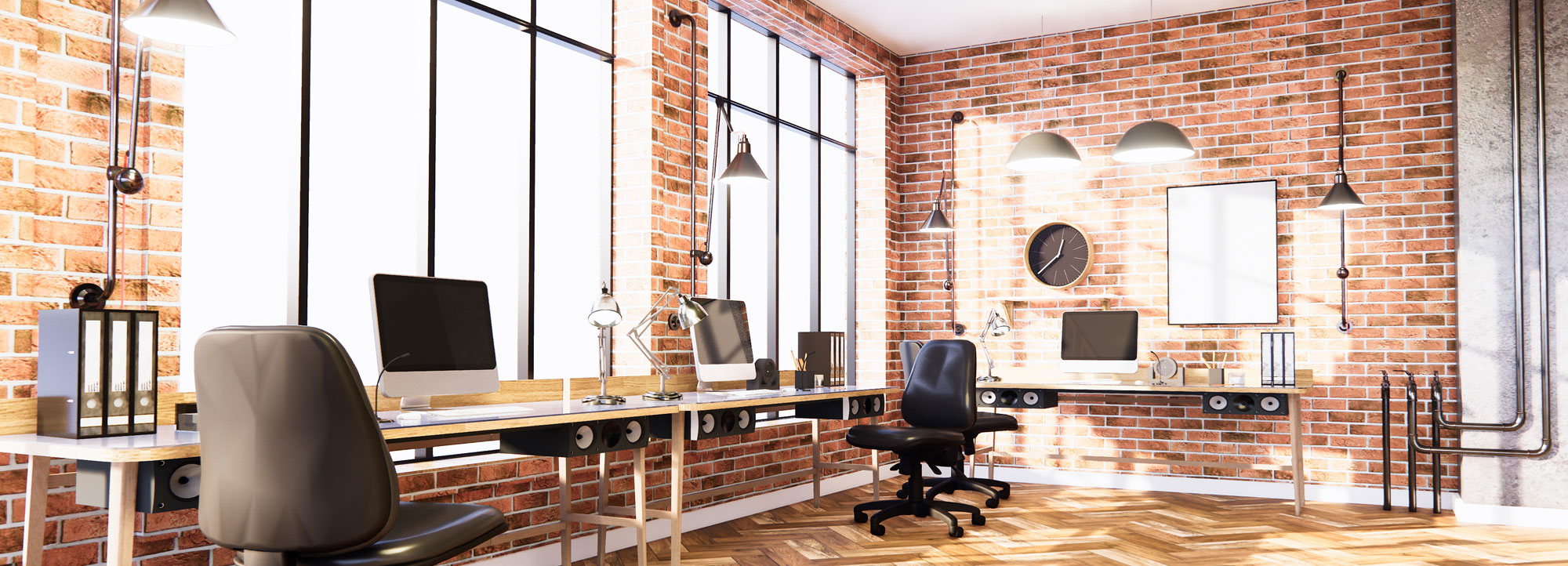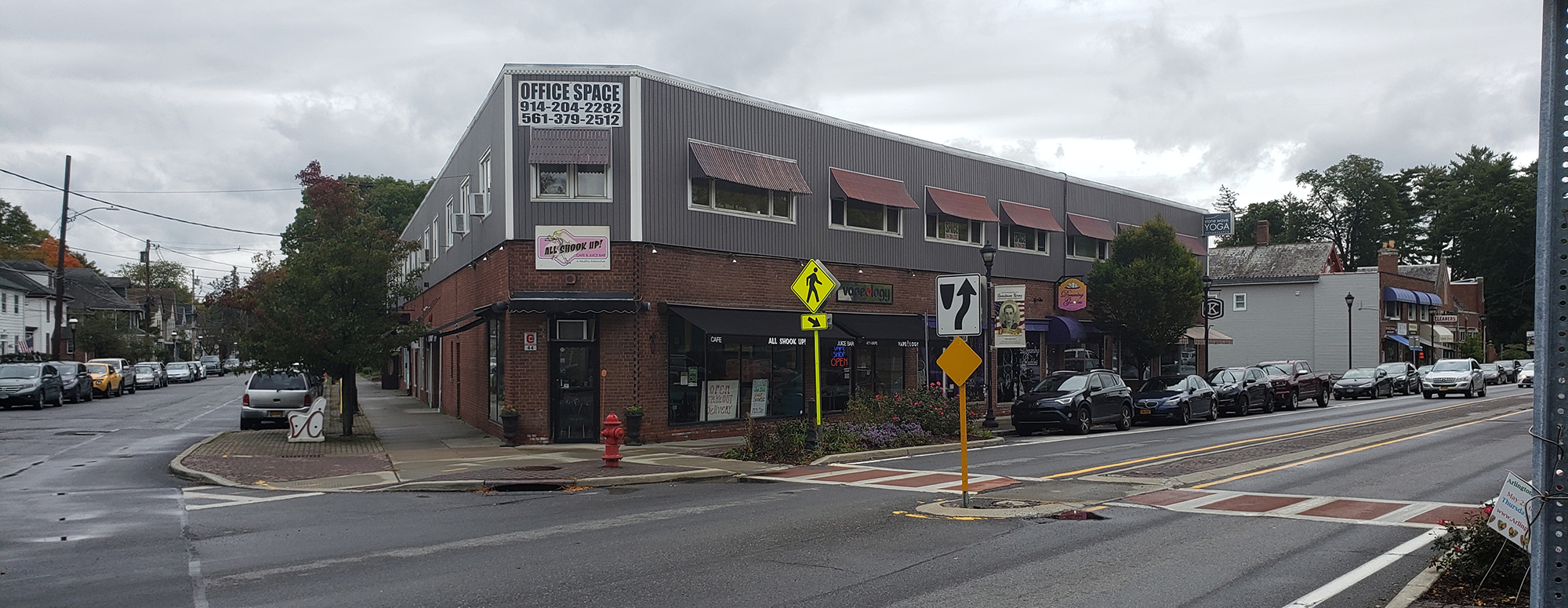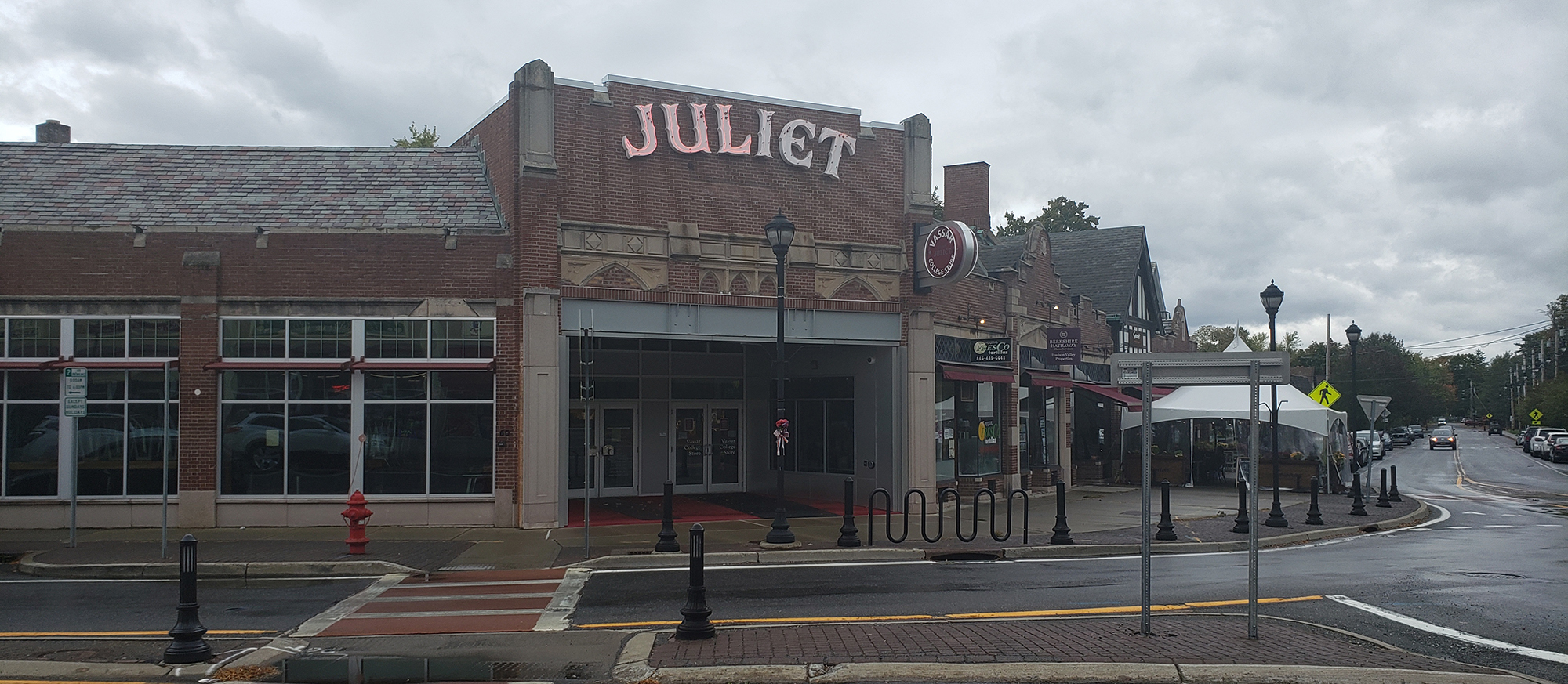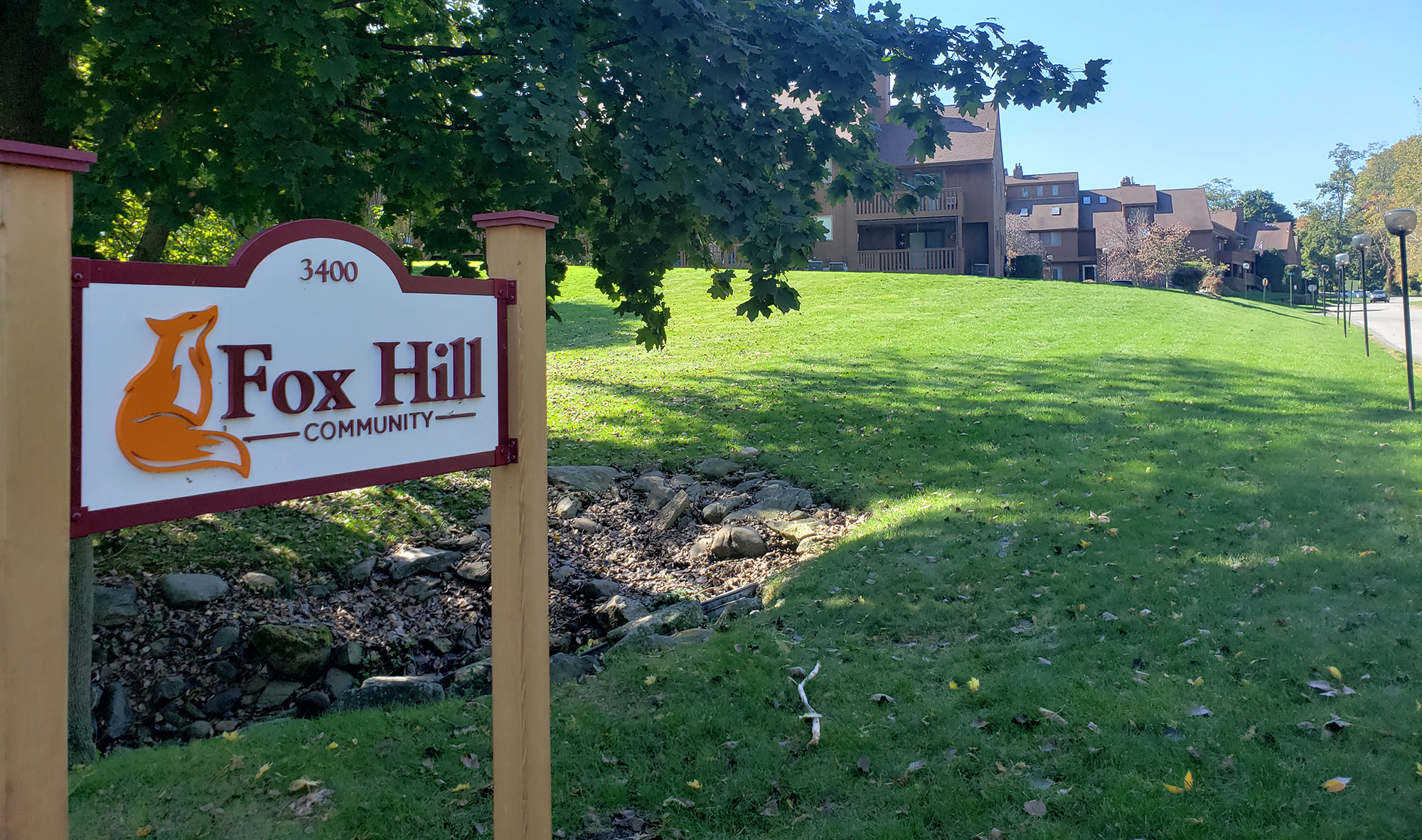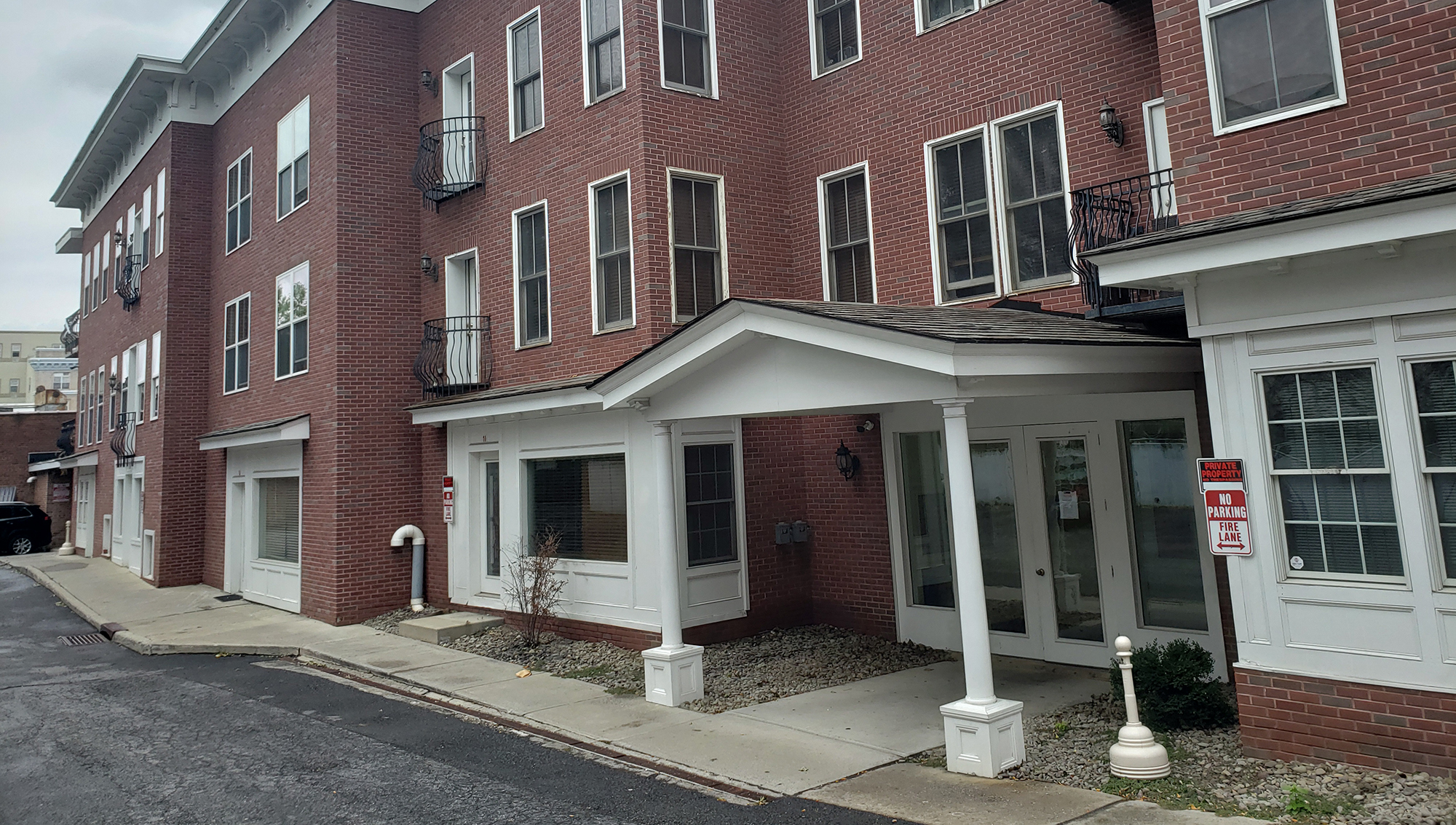Purchasing a commercial property is a viable way to maximize income and achieve financial freedom. This explains why many people are investing in rental properties. However, in any competitive market, you’ve got to be careful when making a purchase. You should establish the viability of the investment you are about to make. Thus, before buying a rental property, it is advisable to visit it to understand how it looks. These are the red flags to look out for before making your final decision:
1. Mold and Water Damages
Water-related damages are a sure indication that the property does require major repairs. Watch out for ceilings that seem to have fresh random paint. Some sellers will try to hide molds and stains on the ceiling by painting the marred areas instead of remediating the problem correctly. They will also try other tactics like air fresheners to cover up bad smells from rotten wood and mold. Examine underneath the drawers, kitchen countertops, sinks, and bathrooms for signs of water damage or molds.
2. Limited Viewing, Especially The Interiors
Property sellers should allow interested buyers to see a house on sale with no limitation. Thus, situations where a seller limits your freedom to view the house interior should be worrying. Such restrictions indicate underlying issues, and the seller does not want them exposed before the deal is closed. Before purchasing a property hire a 3rd party inspector to do a thorough inspection.
3. HVAC Issues
Don’t be deceived about HVAC systems. Request agents to provide maintenance records and perform a maintenance check on the system. Before purchasing a property analyze the offer to determine if the seller has factored in the cost you will incur replacing or repairing the HVAC. Where HVAC is in good working condition, consider the repair costs and frequency of these repairs before making your offer.
4. Absence of Permits for Work Done
Some things do not require permits, like remodeling the kitchen. Nevertheless, examine to ensure the job is done professionally and correctly. Make sure to ask for permits for any major structural modifications done on the property.
5. Noticeable Structural Issues
Cracks on the walls and unevenness of the floor of any property on sale mean there are underlying foundation or structure issues. If you ever notice these flaws on a rental property you are planning to purchase, think through your decision. Remember, fixing such problems is costly and will consume a lot of your time.
6. Location, Location, Location
While you can improve a rental property to match the standards you want, you can’t fix the reputation of the place it is located. Consider looking in sought out neighborhoods and research why it is location of choice for so many.
Be sure to ask if the property is located in a flood zone. This should caution you of a possibility of a natural disaster striking or even having to deal with unending repairs due to mold or water damages.
7. The Property Has Been On Sale for a Long Time
It’s good to inquire about the duration that the property has stayed on the market. Appealing and great looking houses sell fast. Thus, if you find one sitting in the market for a longer time, seek to know the reason. If others have viewed and examined the property, why haven’t they bought it? Perhaps it’s overpriced, or there are legal disputes. It would be best first to establish the cause before you make a purchase.
While the issues above are a wake-up call to a property buyer, they are not a deal-breaker. However, they are indisputable factors that can add risk to your potential investment. Moreover, fixing them is neither cheap nor easy. Therefore, gather all your information, educate yourself on the area and property and then you can make an informed decision on whether it is good investment.
7 Things That Raise Red Flags When Buying a Rental Property
System - Monday, February 22, 2021



